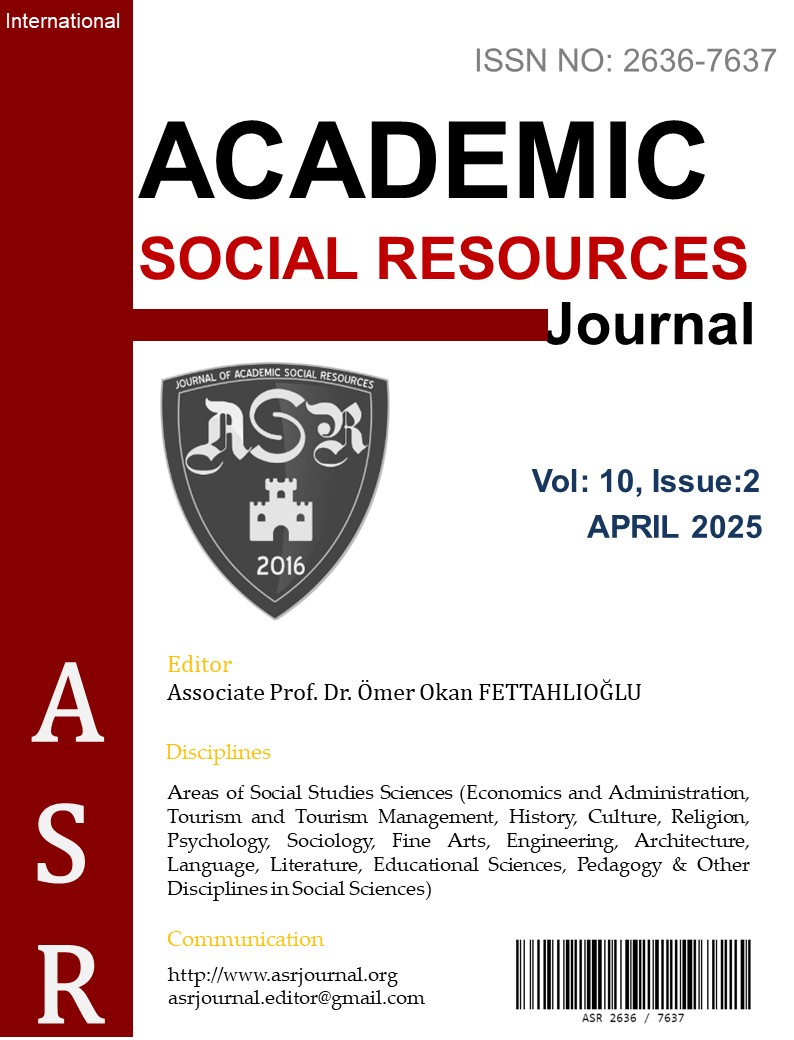Author :
Abstract
Ödeme sıraları, tüketiciler için uzun beklemeye ve olumsuz duygulara neden olma gibi bakımlardan sorunlu alanlar olup, işletmeler bu alanları geliştirmek için çaba göstermektedir. Bu noktada, ödeme sıralarında tüketici süreçlerini kolaylaştırma ve hızlandırmada jet kasalar önemli bir yöntem olarak ifade edilmektedir. Nitekim pek çok işletme jet kasa sistemlerini kurmakta ve tüketicilere hizmet süreçlerinde geleneksel kasa sistemleriyle birlikte kullanabilmektedir. Ancak henüz jet kasa sistemlerinin ödeme süreçlerinde ana yöntemlerinden biri haline gelmediği görülmektedir. Jet kasa sistemlerinin yaygınlaşması ve ilgili paydaşların bu yenilikten yararlanması, teknolojinin gelişiminin yanında tüketicilerin bunları benimsemesine ve jet kasa sistemlerinin tüketicilere etkilerinin bilinmesine bağlıdır. Bu araştırmada, teknolojinin kabulü teorisine dayalı olarak tüketicinin jet kasa kullanma davranışını etkileyen faktörler, jet kasa tercihi ve jet kasa kullanma niyetinin, jet kasa olan mağaza tercihine etkisi incelenmektedir. Betimsel saha araştırması niteliğinde olan çalışma kapsamında, kolayda örnekleme ve online anket uygulamasıyla birincil veriler toplanmış ve elde edilen veriler yapısal eşitlik modeliyle analiz edilip yorumlanmıştır. Araştırma neticesinde, algılanan kolaylık ve faydanın jet kasa kullanmaya yönelik tutumu, bunun ise jet kasa kullanma niyetini pozitif etkilediği tespit edilmiştir. Ayrıca jet kasa kullanma niyetinin jet kasa tercihini pozitif etkilediği ve bu iki değişkenin jet kasa olan mağazayı tercihi pozitif etkilediği anlaşılmıştır. Son olarak araştırma bulguları yorumlanmış, işletme ve araştırmacılara öneriler geliştirilmiştir.
Keywords
Abstract
Checkout lines are problematic areas for consumers in terms of long waiting times and causing negative emotions, and businesses are making efforts to improve these areas. At this point, self-checkouts are expressed as an important method in facilitating and accelerating consumer processes in checkout lines. Indeed, many businesses install self-checkout systems and use them together with traditional cash systems in service processes with consumers. However, it is seen that self-checkout systems have not yet become one of the main methods in payment processes. The spread of self-checkout systems and the relevant stakeholders’ benefiting from this innovation depend on the development of technology, as well as consumers’ adoption of them and the knowledge of the effects of self-checkout systems on consumers. In this research, the factors affecting the consumer’s self-checkout usage, and the effect of shelf-checkout preference and self-checkout usage intention on store preference with self-checkout are examined based on the technology acceptance theory. Within the scope of the study, which is a descriptive field research, primary data were collected through convenience sampling and online survey application, and the obtained data were analysed and interpreted with the structural equation model. As a result of the research, it was determined that perceived convenience and benefit positively affect the attitude towards using self-checkout, which in turn positively affects the intention to use self-checkout. It was also understood that the intention to use self-checkout positively affects the preference for self-checkout and these two variables positively affect the preference for stores with self-checkout. Finally, the research findings were interpreted and suggestions were developed for businesses and researchers.





